Things to do in Ljubljana, Slovenia
Admittedly, I had trouble pronouncing the word ‘Ljubljana’ at first glance. In fact, I didn’t even know where it was! Fast forward 1 and a half years, and it’s easily one of my favourite cities. It’s not the most dynamic and action-packed city – which is exactly what I like most about it.
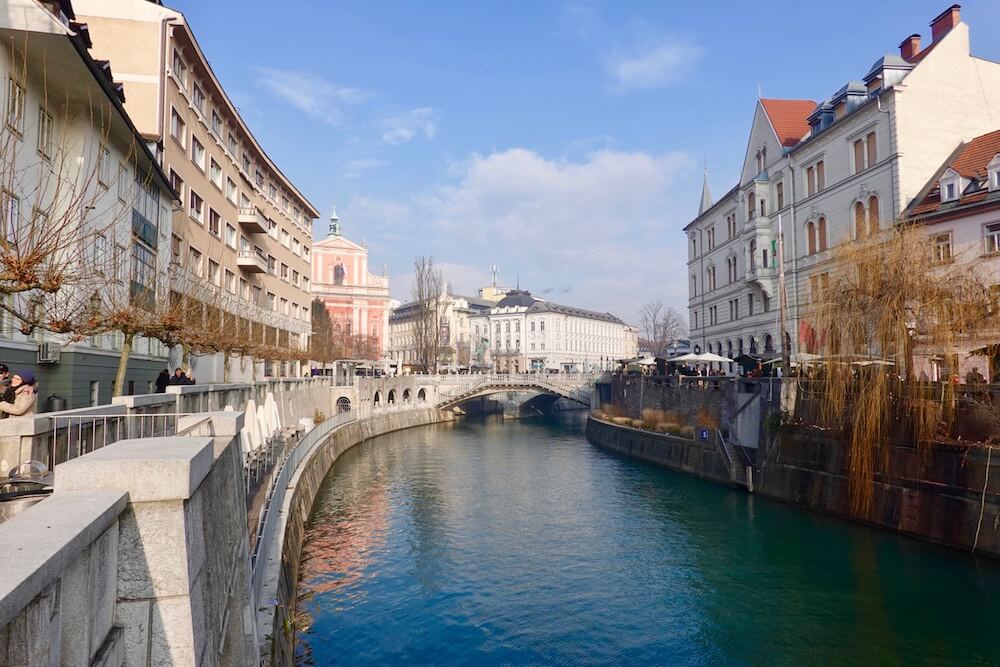
It’s easy to forget the world around you in Ljubljana, where all that matters is watching time pass you by. You’ll fall in love with how boats float languidly along the river that cuts through the city, or how the locals kick back with a cup of coffee outside colourful shophouses.
Environmentalists will also be glad to know that Ljubljana was named the European Green Capital in 2016. The city centre is now mostly free of cars, an extensive cycling network runs around the city and all forms of public transport emit low amounts of emissions.
Here’s what you can do in this darling city:
1. Cross the city’s many bridges
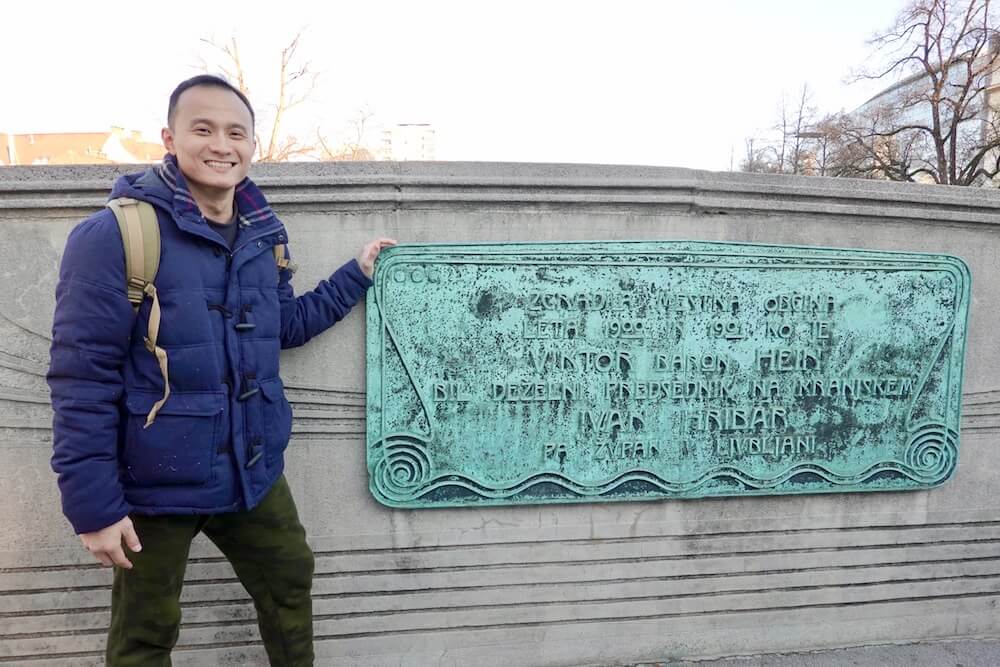
The Dragon Bridge is the most famous of bridges here in Ljubljana. Built between 1900 and 1901, the bridge was Ljubljana’s first reinforced concrete structure, as well as one of the biggest bridges of its kind to be built in Europe. Two pairs of ferocious dragons perch on the bridge, which makes for a popular photo spot.
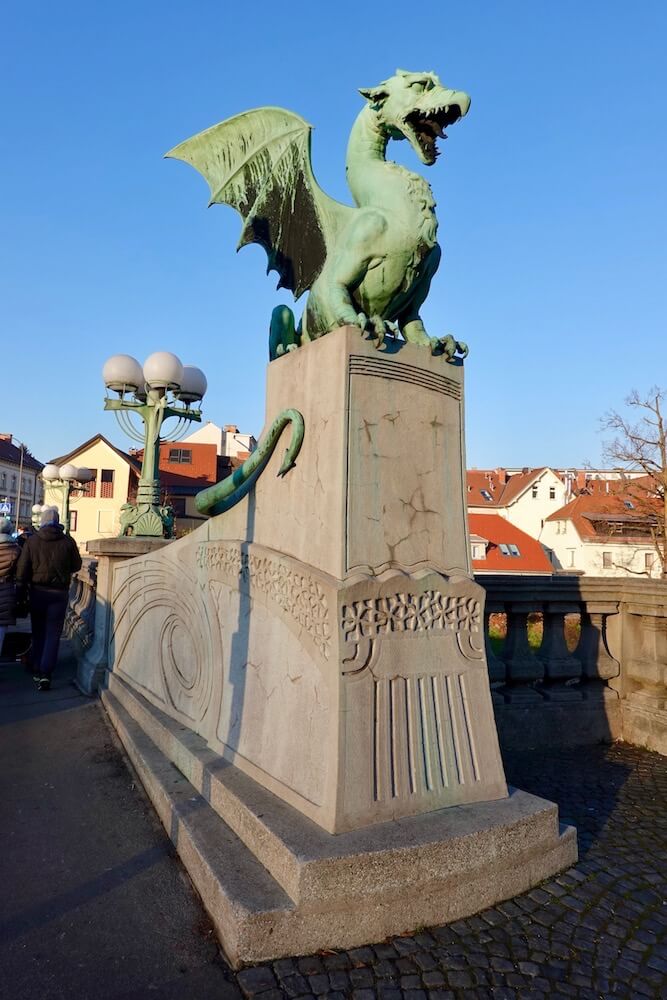
You’ll soon realise that dragons are everywhere in Ljubljana. You’ll find them standing proud on bridges, scrawled on walls in the form of graffiti, on buildings and metal railings, car registration plates as well as even on the city emblem and flag. The dragon is seen as the protector of Ljubljana and is well-regarded by the locals.
As the legend goes, Jason, a Greek hero, stole a Golden Fleece. He fled and camped near the Ljubljana River, where he came across a giant dragon. Jason fought this dragon and killed it, becoming the first citizen of Ljubljana. This has resulted in the dragon becoming an iconic symbol of the city.
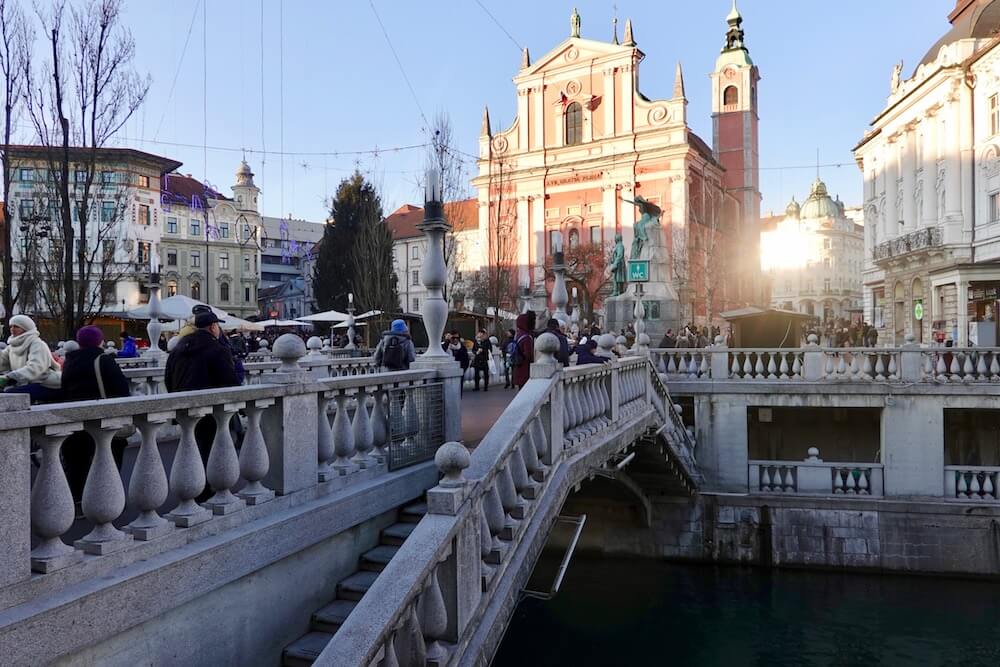
Another set of iconic bridges is the Triple Bridge, which consists of three adjacent bridges. A wooden medieval bridge once stood where the 3 bridges now are – in 1842, the central bridge was constructed to replace the wooden one. Later one, another two bridges were constructed on either side of the central bridge, forming the Triple Bridge.
The Triple Bridge now connects the medieval old town of Ljubljana to the newer city centre.
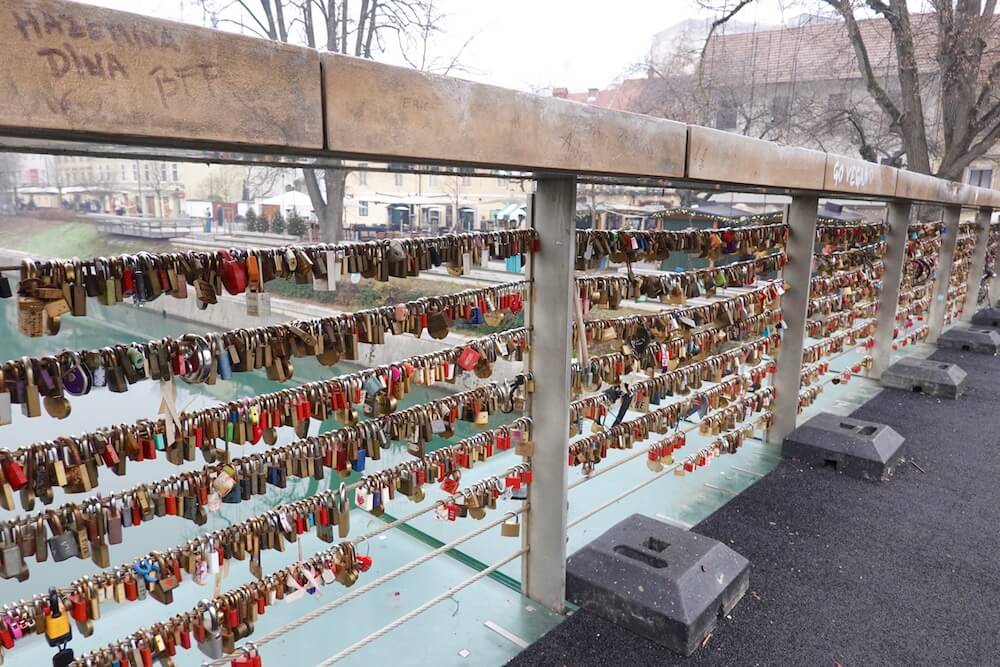
The Butcher’s Bridge is perhaps the most interesting of the lot. On one hand, it’s where lovers come to declare their undying affection, literally locking their love in by attaching padlocks to the bridge and throwing the key in the water. These bridges can be found all over the world and symbolise a couple’s dedication to each other.
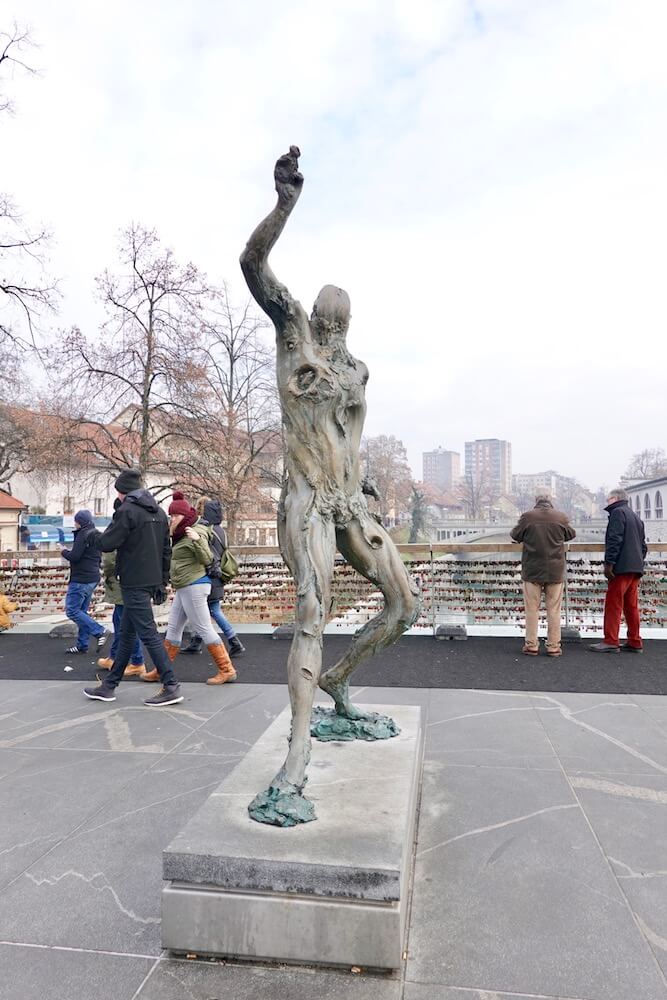
On the other hand, the bridge is adorned with grotesque sculptures that starkly contrast with the colourful padlocks. Look out for the one of a disembowelled Prometheus who was being punished for giving man the knowledge of fire. You’d also find one of Adam and Eve being banished from Paradise after consuming the forbidden fruit.
2. People watch at Preseren Square
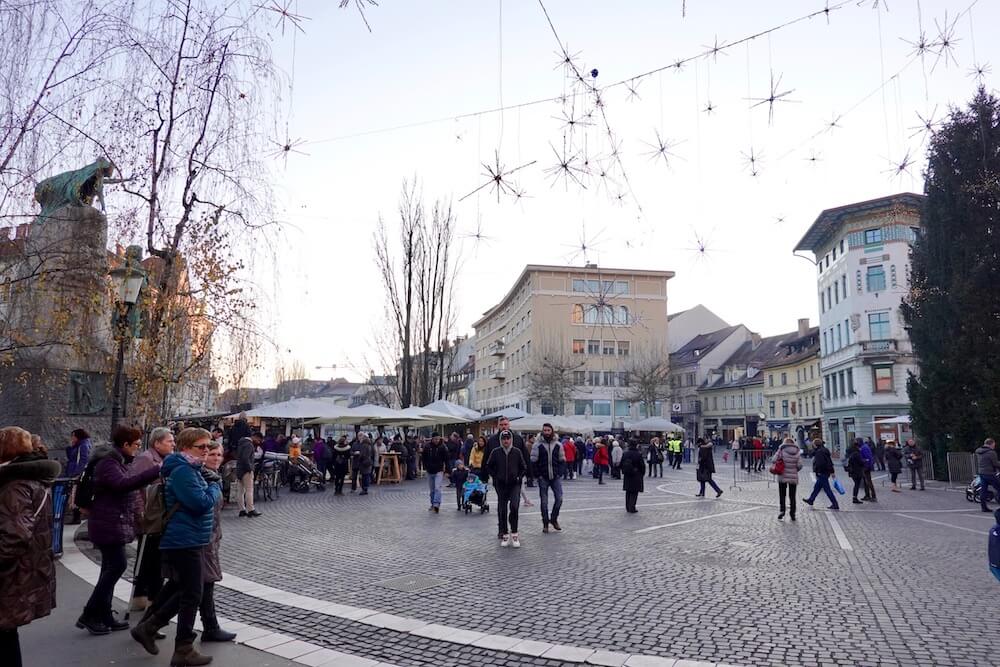
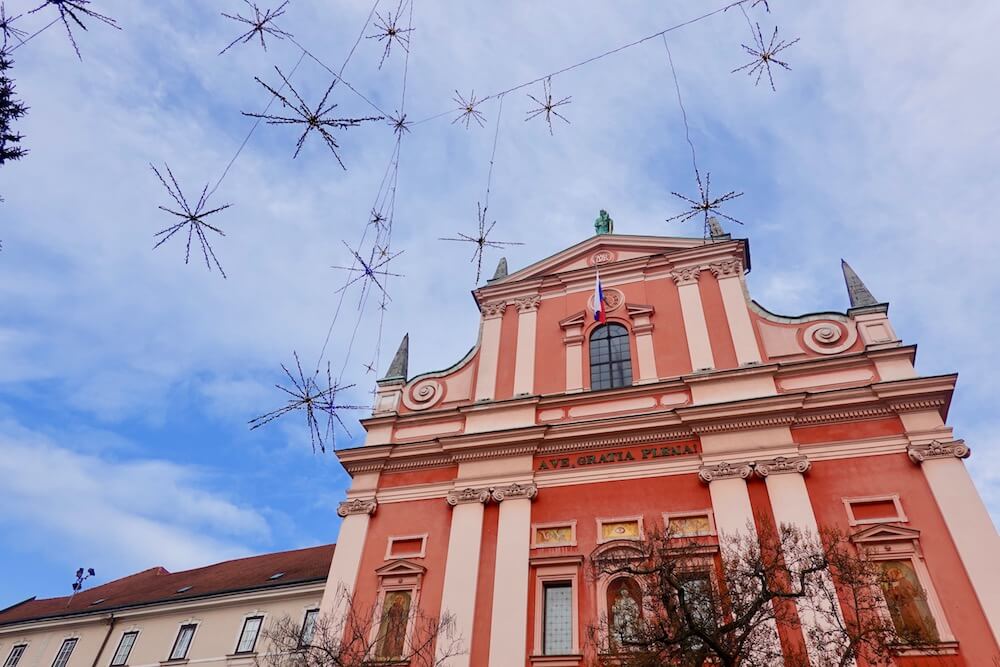
Preseren Square is Ljubljana’s main square and is where most of the action happens. There’s never a dull moment in the square – visit the striking Franciscan Church of the Annunciation, gather in front of the France Preseren statue for a free walking tour or simply enjoy the lilting tunes of various street musicians.
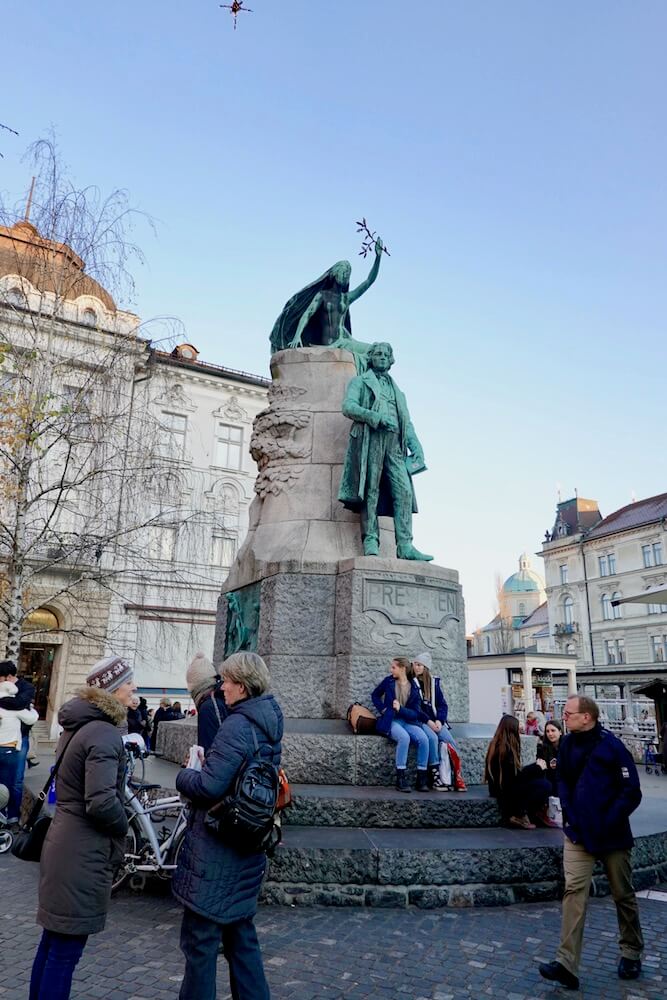
There’s a rather sorrowful story behind the statue of France Preseren, a famous Romantic Slovenian poet who composed Slovenia’s national anthem. The statue is topped by the likeness of Preseren’s muse but the statue itself faces the window of Julia Primic, his unrequited love.
3. Discover the Old Town

Preseren Square is at the heart of the Old Town; but venture into the various alleys to discover a treasure trove of shops and restaurants.
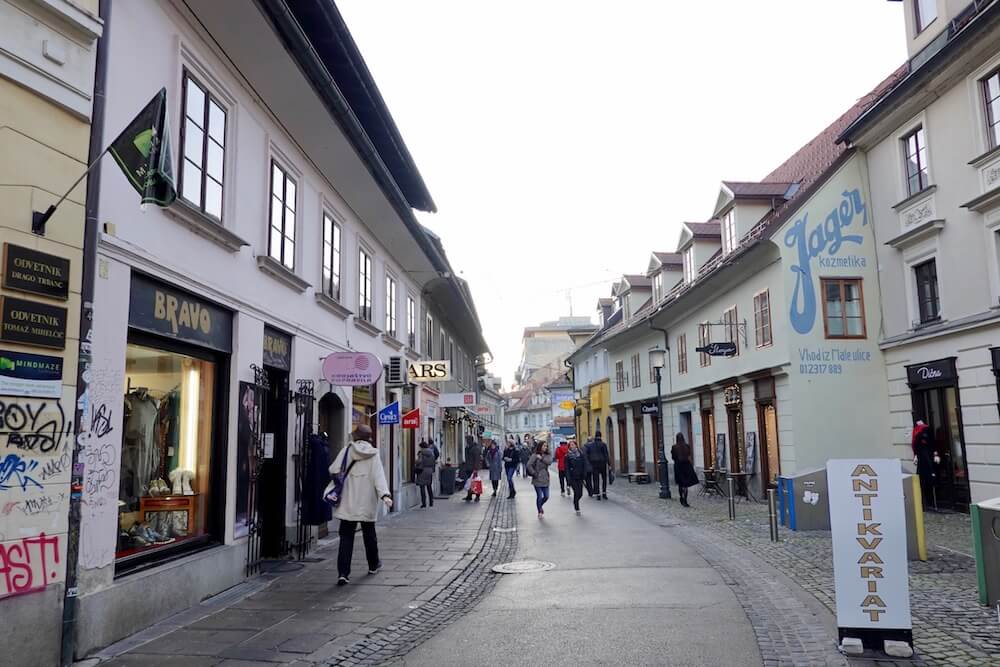
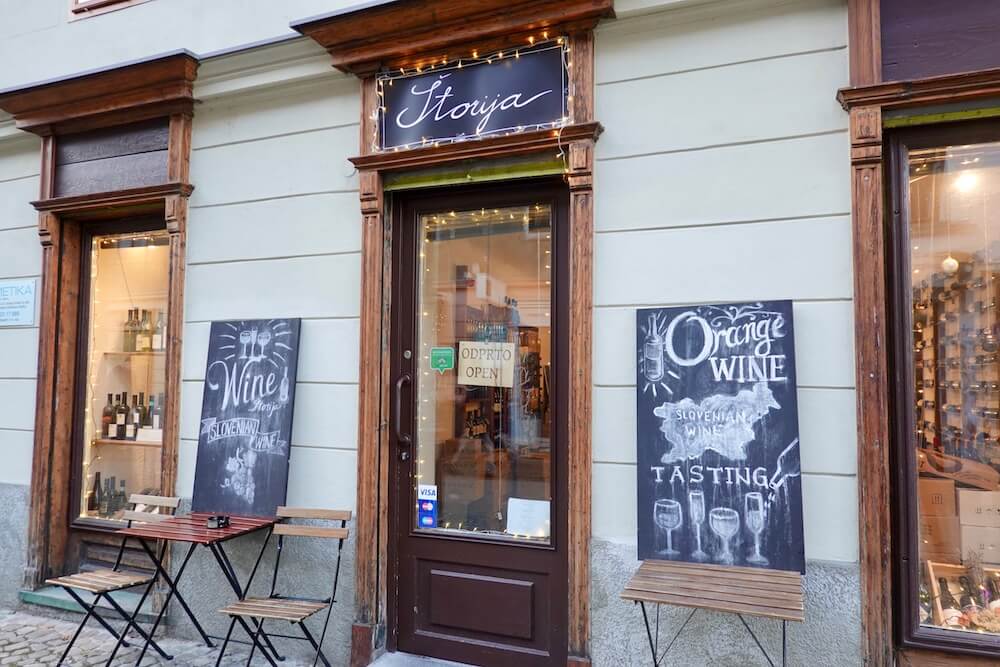
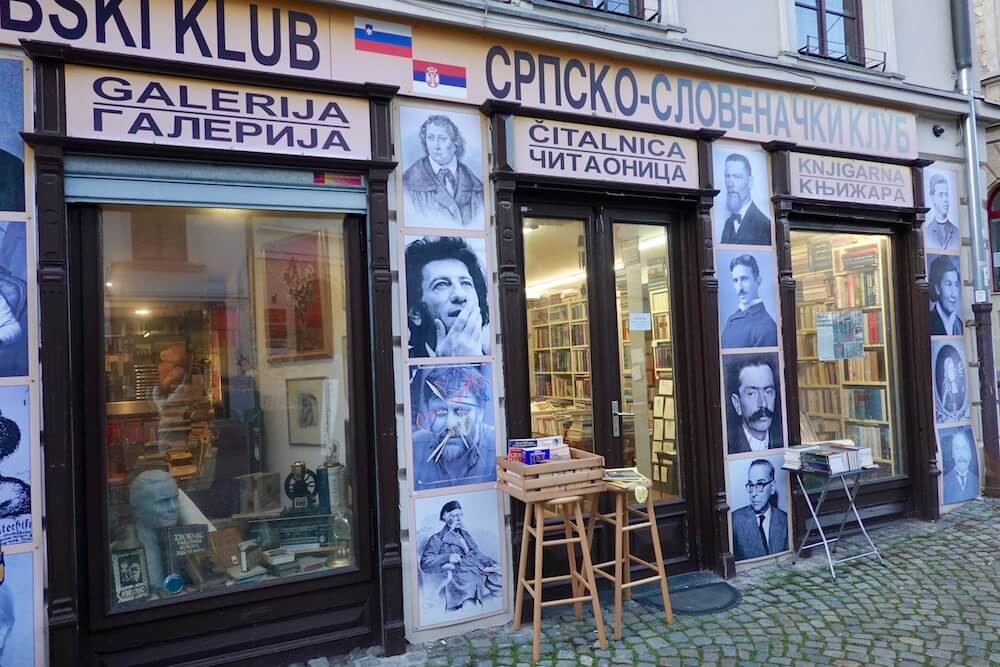
Pop in and out of numerous boutique shops, have a Slovenian wine-tasting or forget about the time of day in a vintage bookshop.
4. Pass by the Town Hall
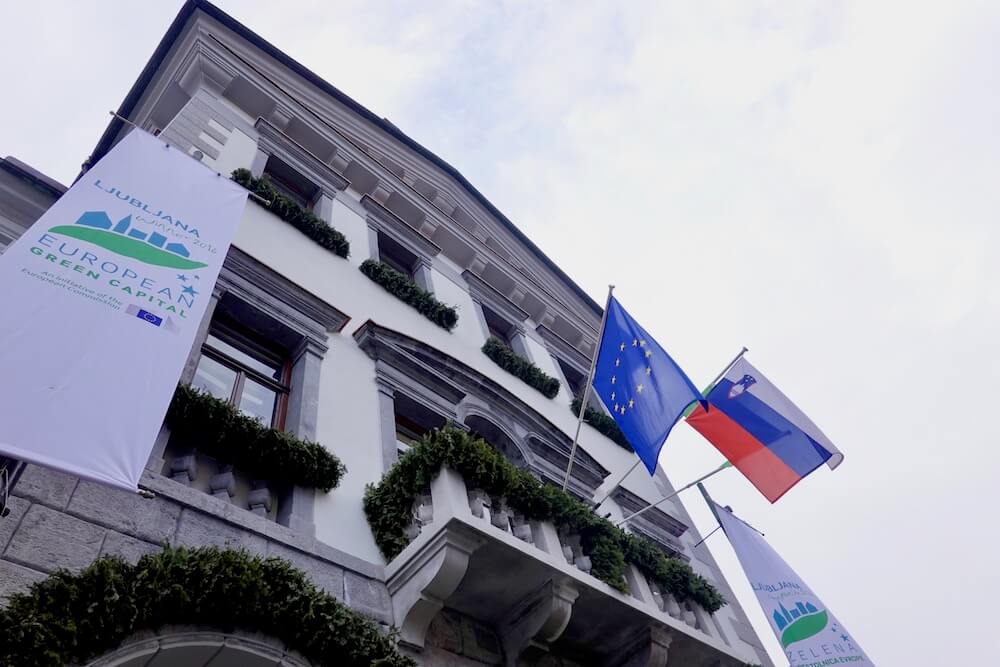
The Town Hall houses the Municipality of Ljubljana, comprising an austere and imposing building. The building also plays host to various exhibitions that showcase governmental projects on top of fine art pieces created by both established and amateur artists.
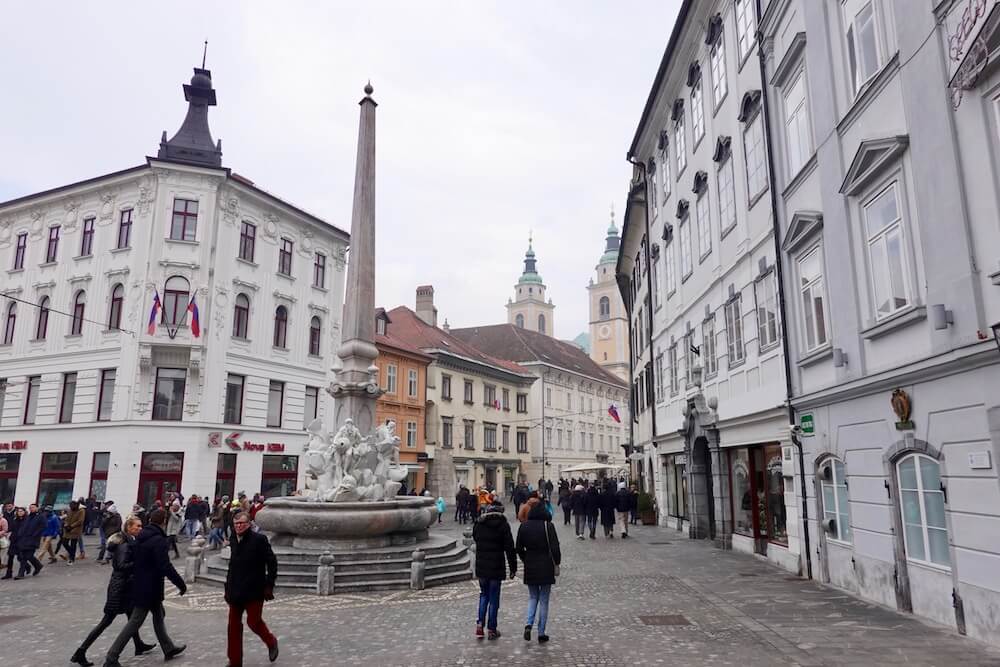
The Robba Fountain can be found next to the Town Hall, and is one of Ljubljana’s most well-known Baroque structures. It’s embellished with the statues of 3 river gods that represent three Carniolan rivers – the Sava, Ljubljanica and Krka rivers.
5. Indulge in an al fresco meal
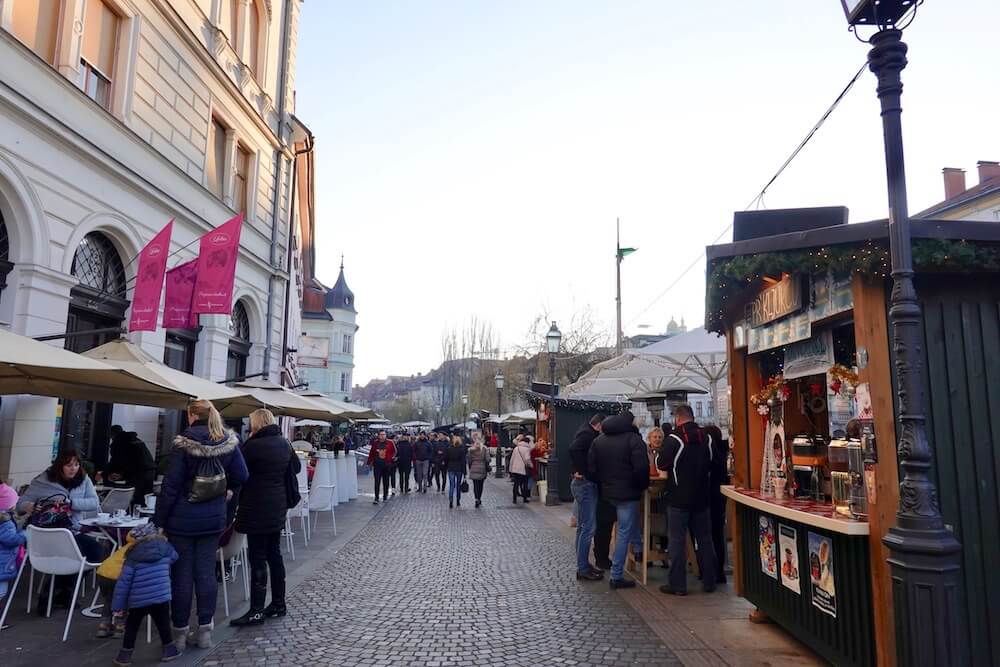
Take a stroll along Cankarjevo Nabrezje, a street that runs parallel to the Ljubljanica River. The street is lined with an eclectic slew of cafés, restaurants and bars.
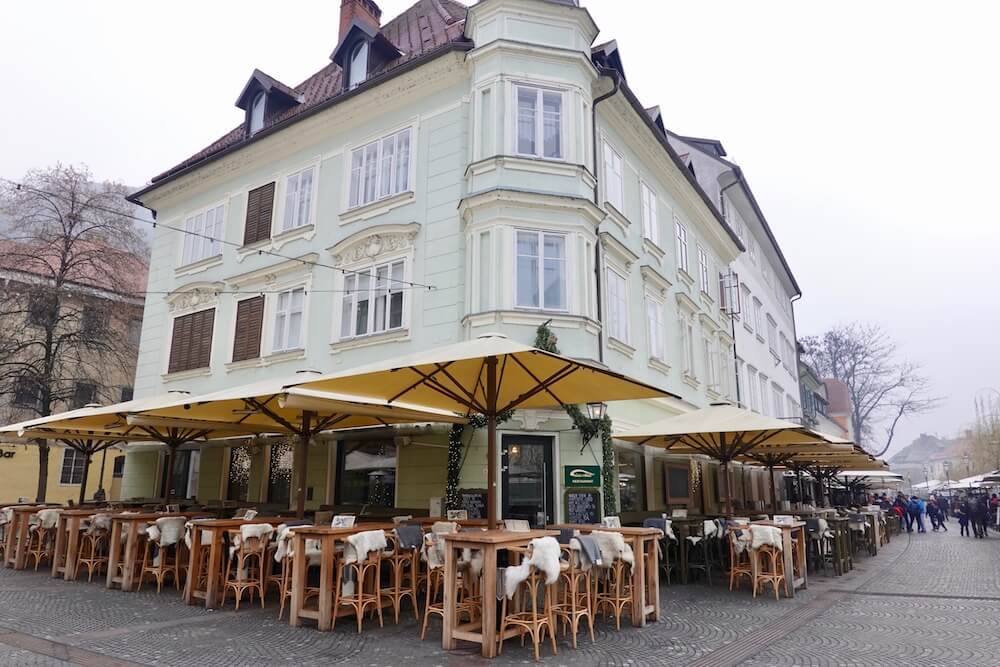
In the winter, many of these establishments offer warm fur rugs and crackling heaters, allowing diners to enjoy the al fresco experience no matter the season.
6. Float down the river in a boat
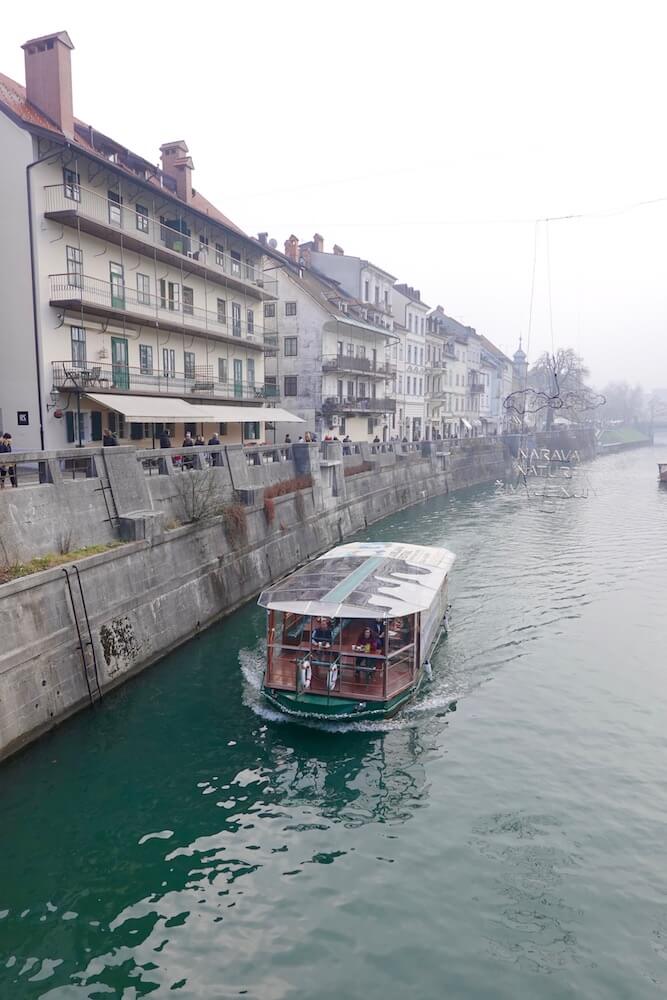
See the city from a different perspective aboard various sightseeing boats that slowly meander their way down Ljubljanica River.
In warmer weather, you’d also be able to spot many standup paddle boarders making their way down the river. If this sounds like your kind of fun, a 2-hour tour will allow you to join them with no experience needed. In fact, Ljubljana is the only European capital that offers such an activity!
7. Explore a unique prison-turned hotel
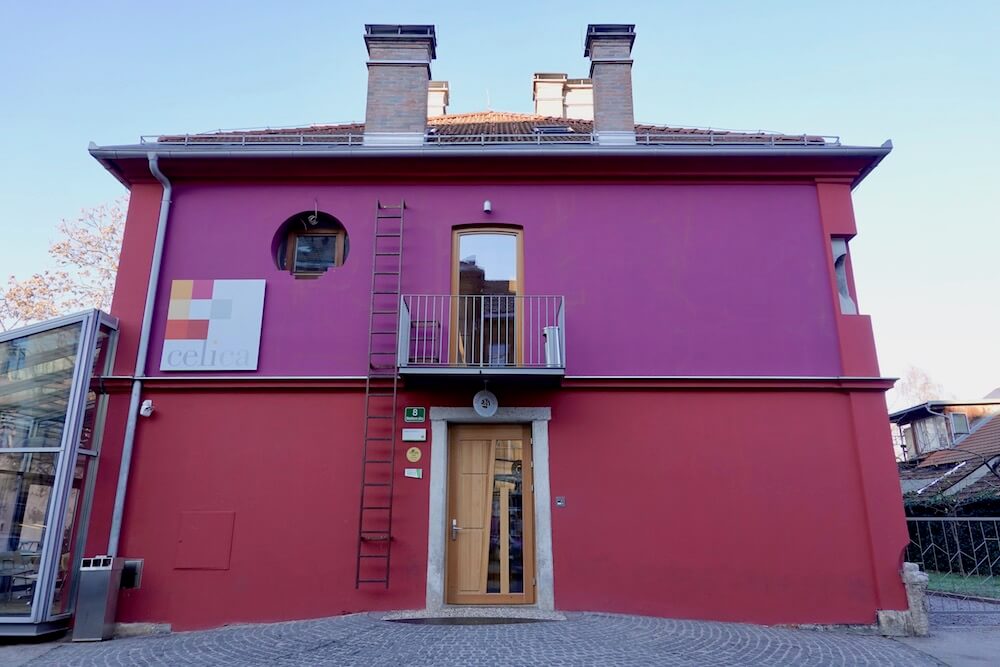
Formerly a military prison, Hotel Celica offers an extraordinary once-in-a-lifetime experience. Hotel Celica is located in the district of Metelkova which, in 1882, comprised a cluster of seven military barracks and a prison. The barracks were controlled by the Yugoslav National Army until Slovenia’s independence in 1991, when the Metelkova community expressed their desire for the barracks to be converted into a multicultural centre.
However, the city’s government did not respond positively to this request and eventually decided to demolish the compound in 1993. 200 supporters decided to take action to protect the barracks, where various artists took a stand and started illegally occupying the buildings.
Skip to nearly 10 years later, when plans to turn part of the barracks into a youth hostel were finally approved. tHence, Hotel Celica was born in 2001 and welcomed its first guests in 2003!
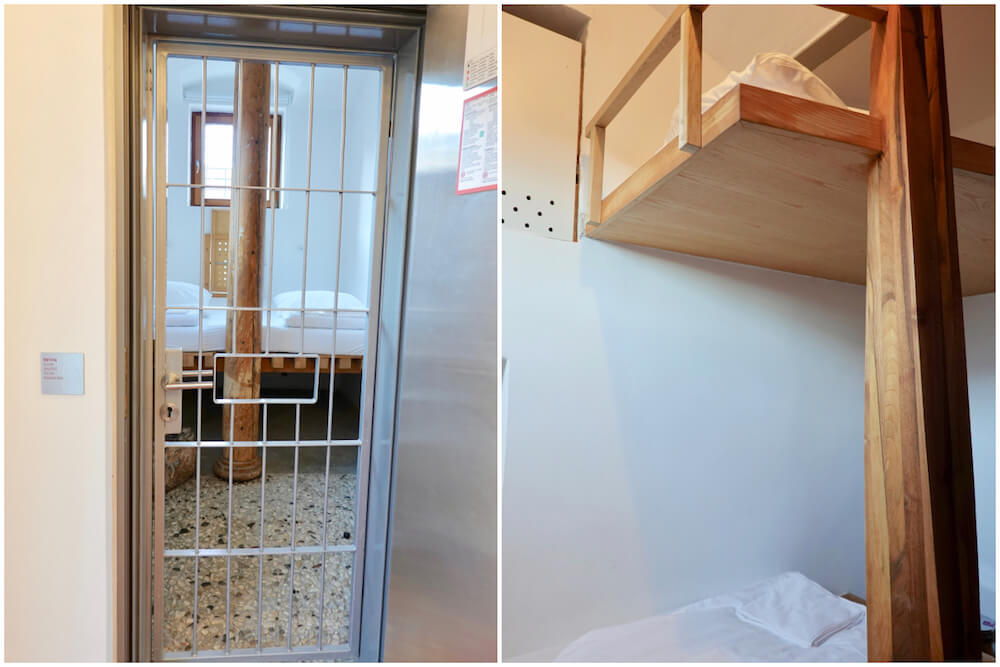
Hotel Celica aimed to give each cell a story of its own, where each cell is uniquely designed and decorated. Some were even transformed into a 2-storey loft! To retain authenticity, the prison bars on the windows and doors of the cells have been retained.
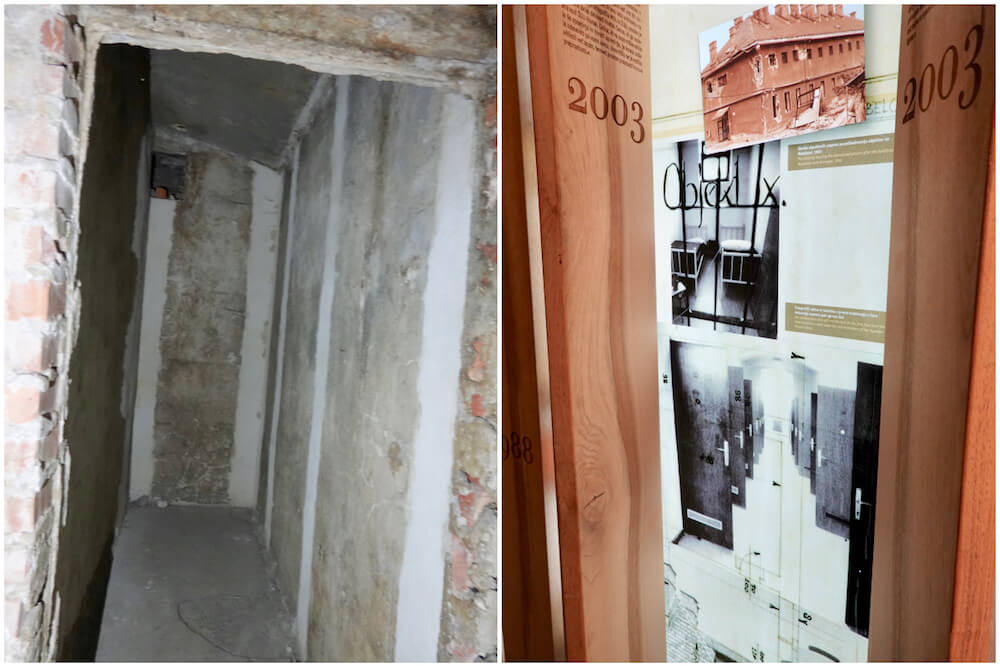
Don’t miss out on the ‘Museum of Confinement’, which is located in the hotel’s basement. Venture into the prison’s original solitary cells or read up on the prison’s history.
If you wish to simply pop in for a look without staying the night, guided tours are available at 2pm daily.
8. Experience an alternative side of Ljubljana at Metelkova

Metelkova is an autonomous social and cultural centre that presents an alternative side of Ljubljana. Formerly a cluster of military barracks. Metelkova has since transformed into a loud in-your-face explosion of cultural and artistic expression.
Read: Discover Metelkova, an Alternative Side of Ljubljana in Slovenia
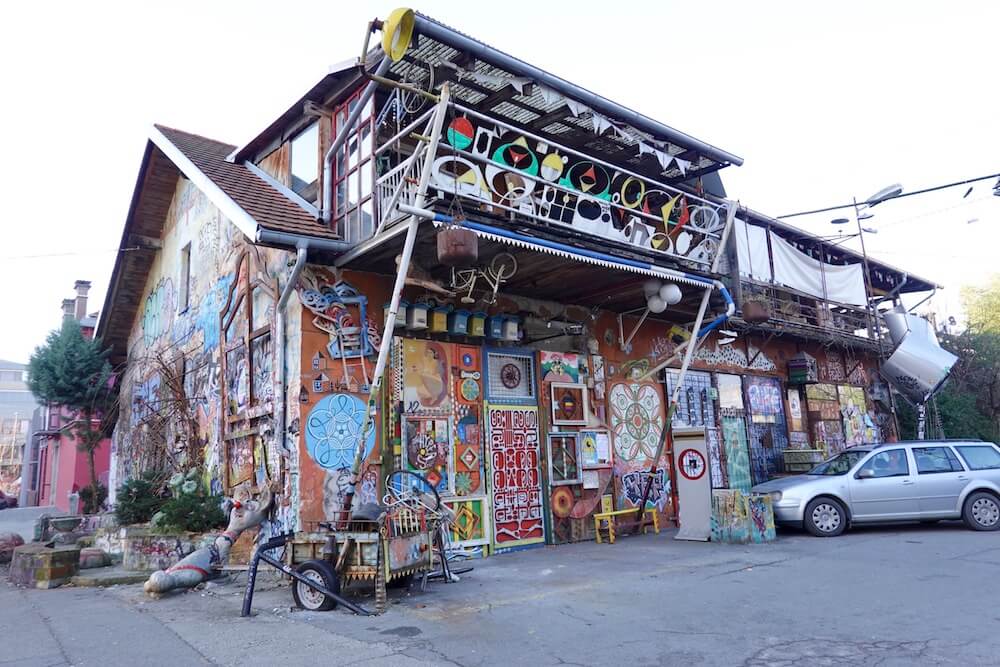
Metelkova is home to numerous clubs that host underground DJs and artists from all around the world. Every year, Metelkova hosts more than 1, 500 alternative events in its buildings, most of which are illegally occupied.
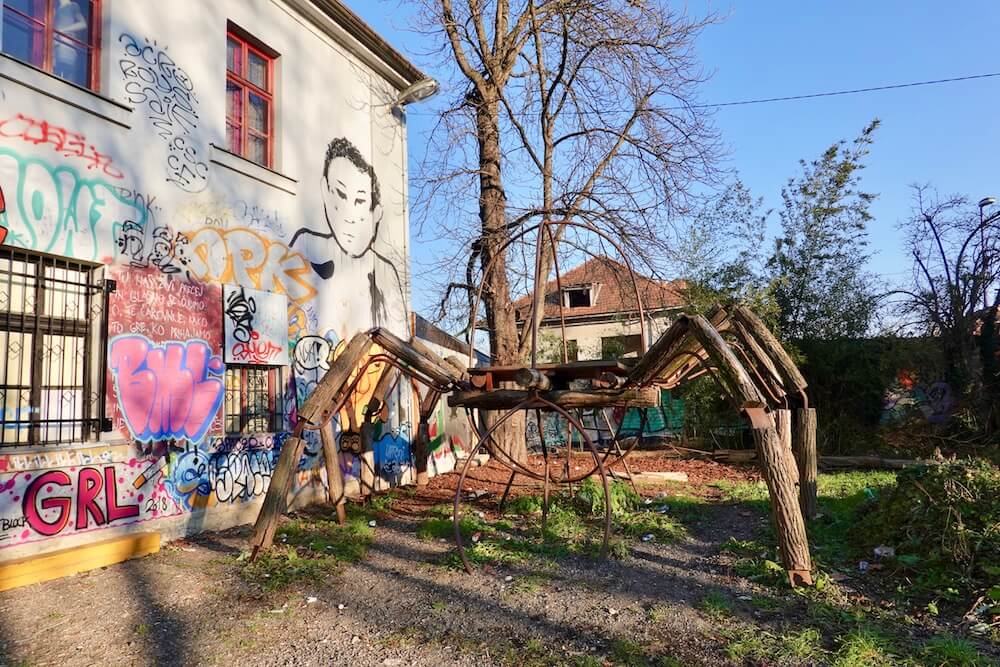
Graffiti covers every inch of the buildings, culminating in a grungy and rebellious vibe that hovers over the place. There’s a surprise around every corner; take a wander around the area and spot various sculptures, such as that of a giant metal spider.
9. Play an Escape Room game at Ljubljana Castle
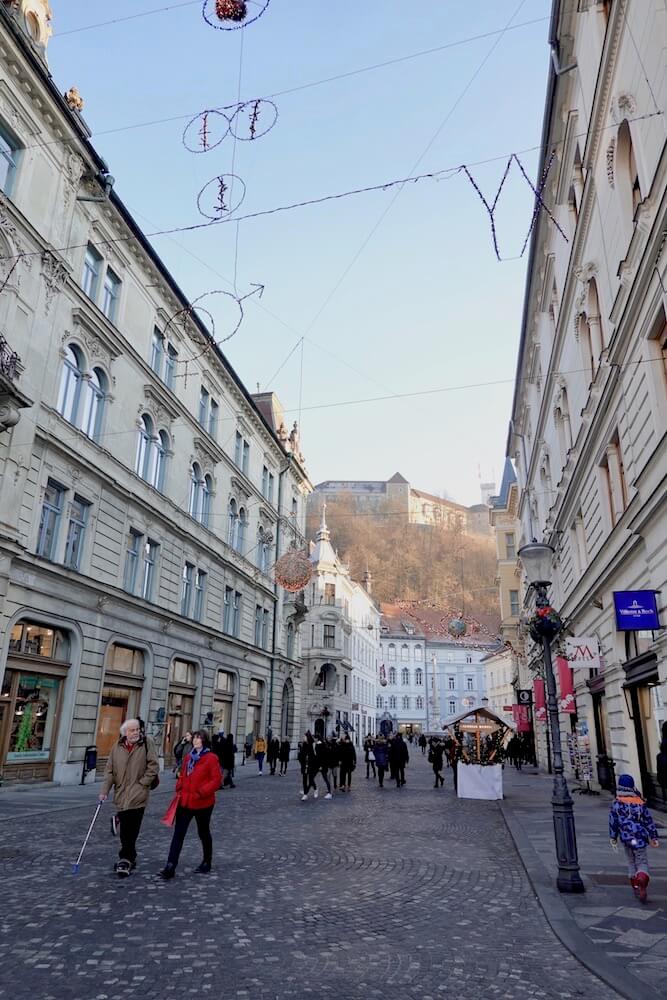
Most castles are explored with the help of an audio guide. At Ljubljana Castle, however, they invite you to navigate your way through the compound with the means of an ‘Escape Room’ game. Called ‘Escape Castle’, this scavenger hunt of sorts takes you through five challenges in different rooms of the castle.
Alternatively, you can embark on the ‘Behind Bars’ experience, where actors in costumes stage a re-enactment of the castle’s history told from the perspective of the prisoners. The ‘Time Machine’ experience also consists of a theatrical encounter where historical figures give you treasured insights into certain points of the castle’s history. Visit this website for more information on the various tours, timings and prices.
The castle is located above the city, atop Castle Hill. To get to there, you can either walk up to the entrance or hop onto the funicular, which costs EUR4 (~SGD6) for a round trip.
10. Touch the doors of the Cathedral of St. Nicholas for good luck
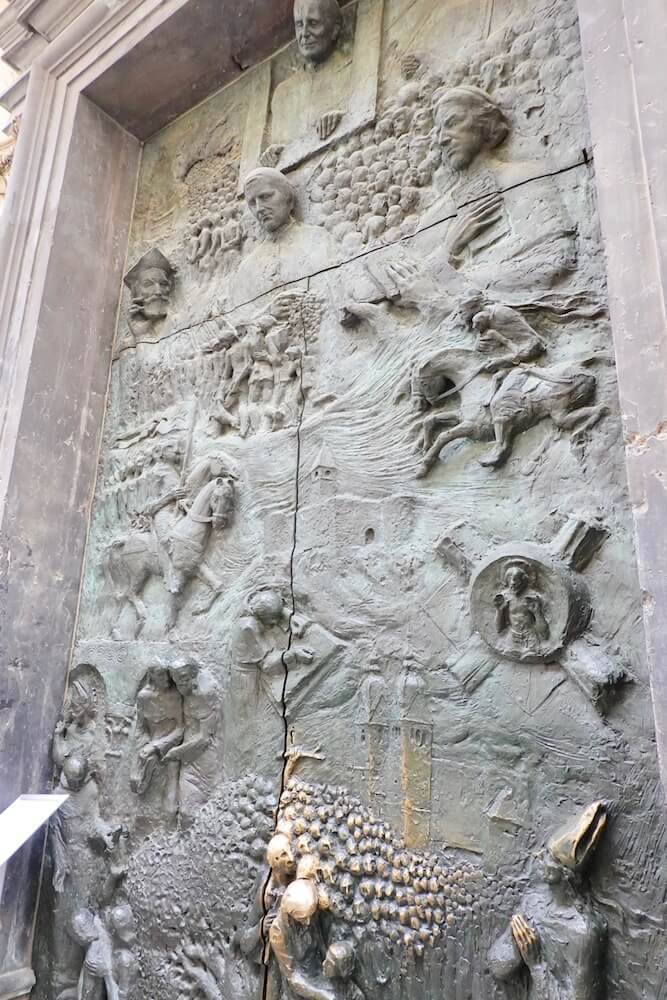
The Cathedral of St. Nicholas is magnificent on the inside but the highlight is in the form of its imposing bronze doors that adorn its exterior. The two bronze doors were added in honour of Pope John Paul II’s visit in 1996; one door pays homage to the 1250th anniversary of Christianity in Slovenia and the other is embellished with images of the six bishops of Ljubljana in the 20th century.
It’s even said that touching the doorknob of these bronze doors will bring you luck!
11. Try a variety of local delicacies
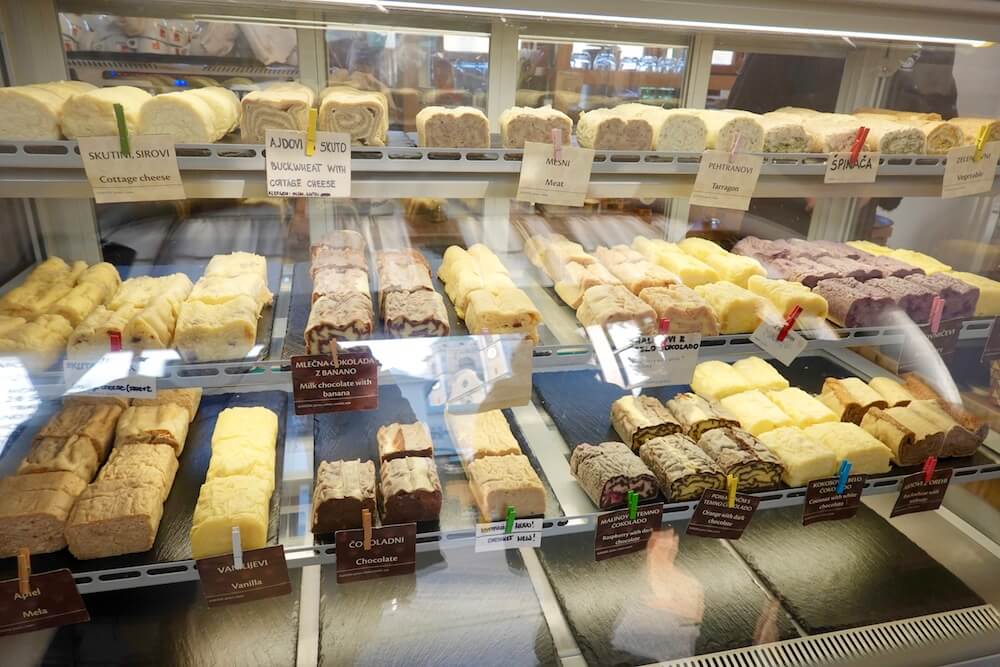
When in Slovenia, you can’t miss out on trying their Struklji! Basically a boiled or baked roll of filo pastry stuffed with various sweet or savoury fillings, the Struklji can be found all over Ljubljana. Visit the Struklji-only restaurant at the Central Market to be spoilt for choice!
Savoury versions of the Struklji can be served as side dishes alongside mains, while sweet versions can be served as a dessert with breadcrumbs on top. Popular filling choices include cottage cheese, apple, tarragon or poppy seed.
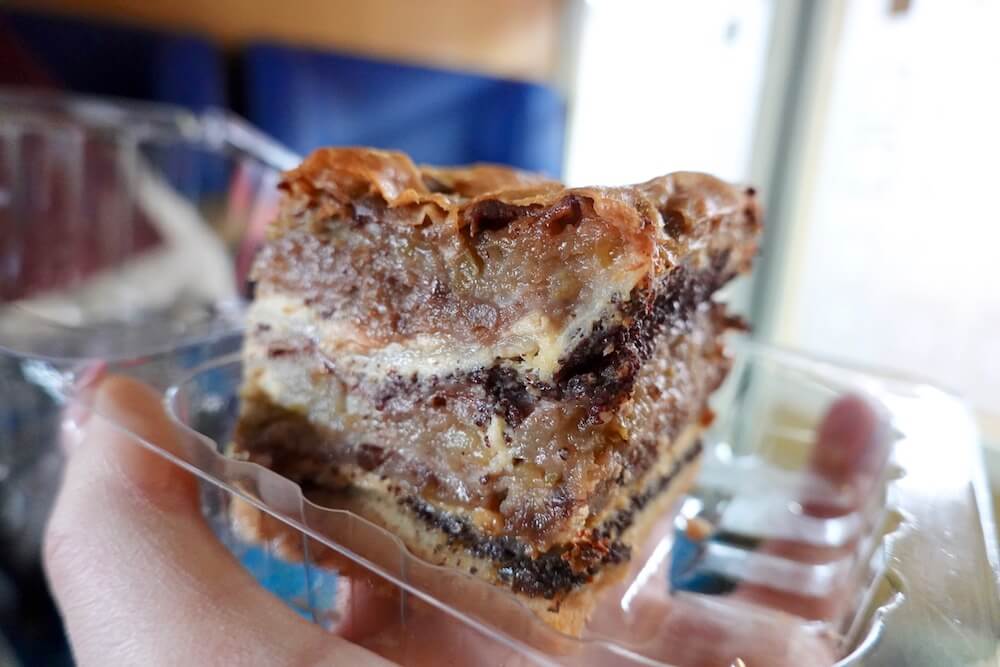
The Prekmurska Gibanica is a cake boasting multiple layers of cottage cheese, poppy seed, walnut and apple filling. These layers are a testament to the region’s diverse variety of agriculture. This dessert is protected under the label of ‘Traditional Speciality Guaranteed’ and cannot be sold under the same name if the cake deviates too much from the original recipe.
Fun fact: locals often refer to this cake as a dessert containing the most layers possible!
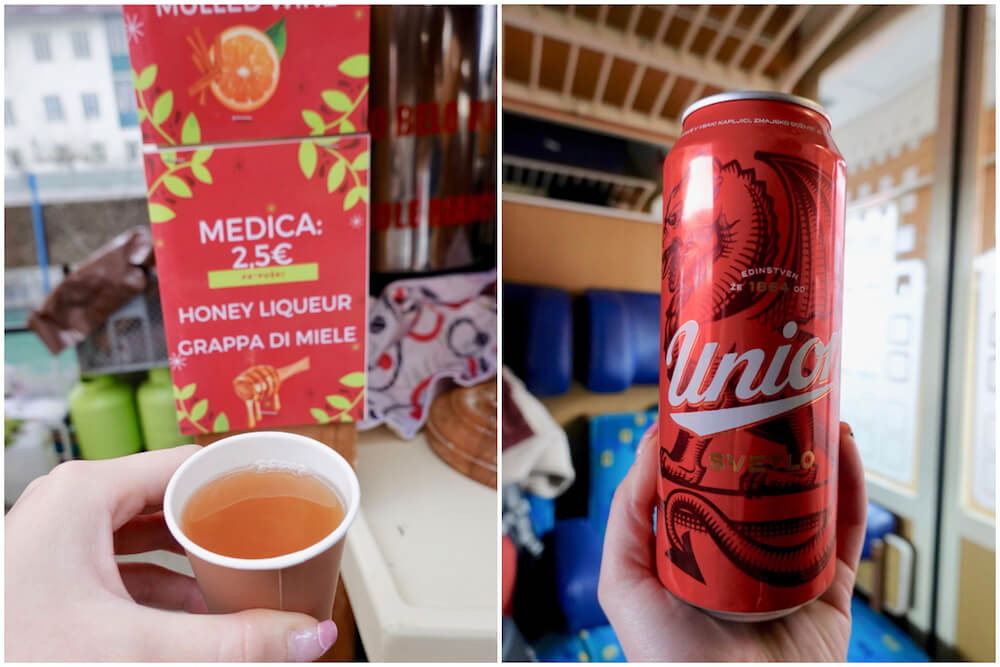
Also known as the national Slovenian alcoholic beverage, Honey Liquor is a popular drink among the locals. The liquor pays homage to beekeeping, which has been a long tradition in Slovenia’s history.
Don’t forget to wash it all down with a can of Union Beer! Union Brewery is one of the largest breweries in Slovenia and was formed in 1864.
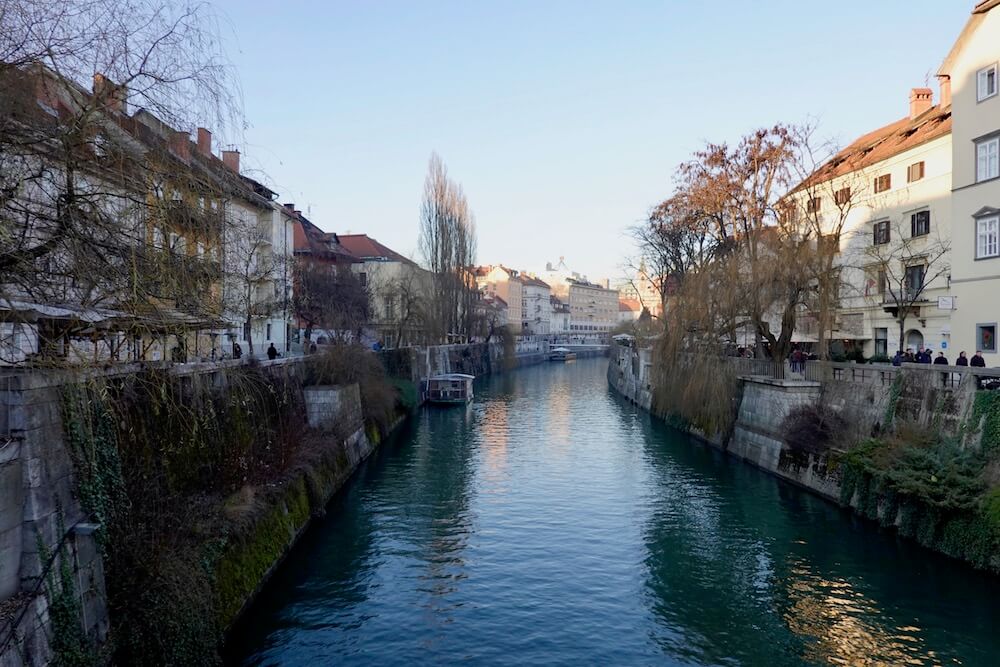
Most of Ljubljana’s attractions are located within walking distance, allowing you to cover quite a bit of ground in a day. However, my advice to you is to take it slow and slowly savour all that the city has to offer.
If you wish to explore the surrounding area, you can base yourself in Ljubljana and take day trips to places like Lake Bled, Postojna Caves or Predjama Castle.
Read: A Day at Lake Bled, Slovenia; Explore Postojna Caves, an Underground Wonderland in Slovenia; Visit Predjama Castle, a Castle Built into a Cave in Slovenia

0 Comments Add a Comment?